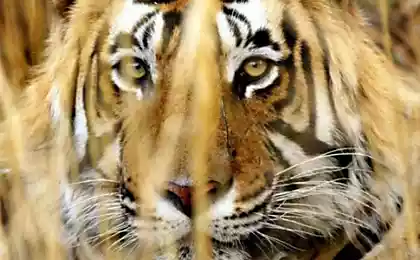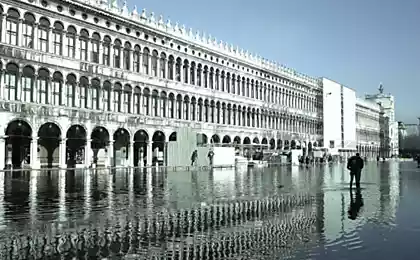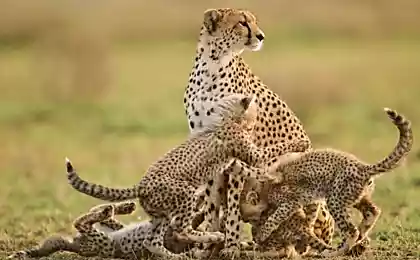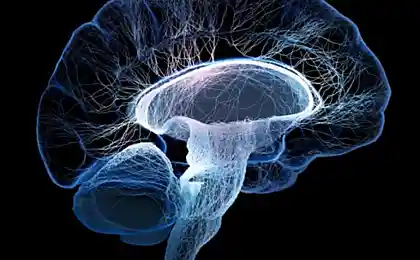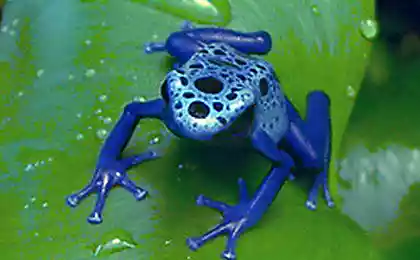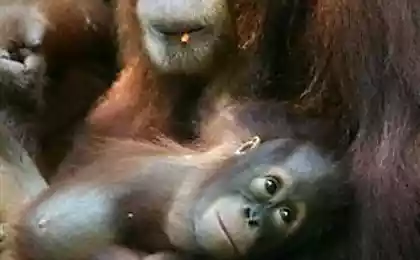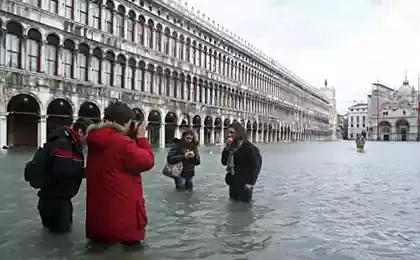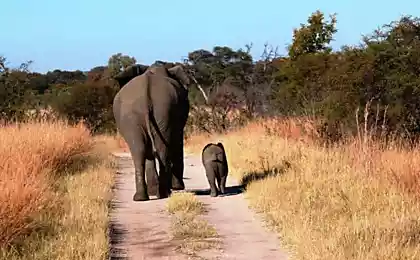701
They threatened
Via 15 photos
WWF has compiled a list of animal species, which is in serious danger of extinction due to climate change, in particular - because of global warming.
1. In captivity, there are about 6,000 tigers. The main reasons for their extinction - poaching, loss of habitat and the reduction of natural food. Hunters, traders and poor local people use the forest for the existence of directly conflicting with the Tigers. (AFP / GETTY IMAGES)
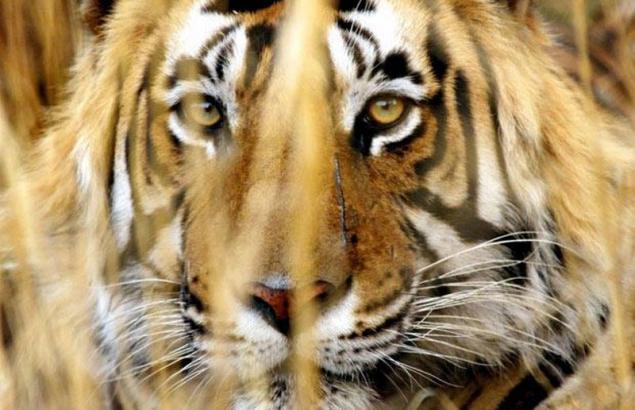
2. One of the remaining habitat in the nature of tigers - mangroves of India. Rising sea levels could adversely affect the habitat of tigers that can disappear altogether. (REUTERS)
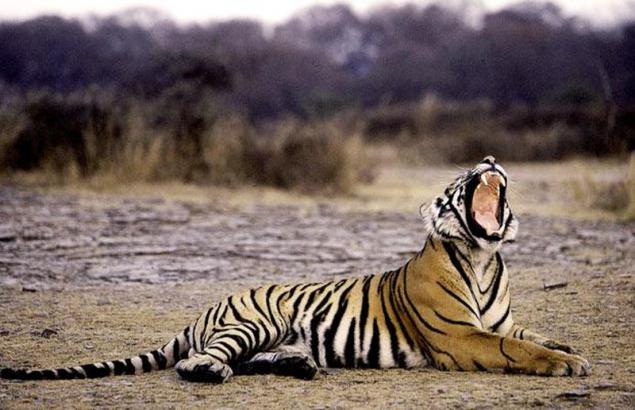
3. In South America, sea turtles lay their eggs on Brazilian beaches, many of which are threatened by rising sea levels. Climate change also threatens young sea turtle, as the temperature strongly affects nesting on the floor: in the colder regions of the males born in the warmer - female. (GETTY IMAGES)
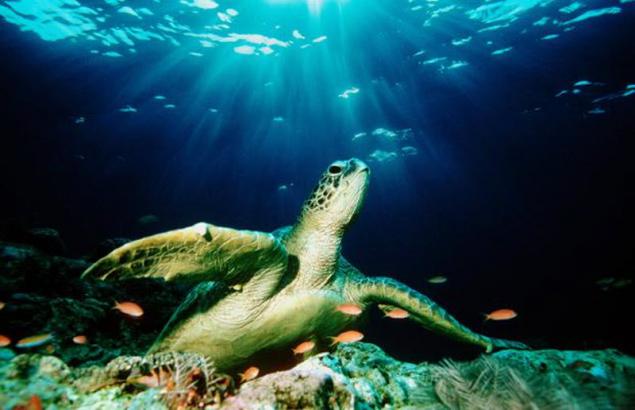
4. Accordingly, the male appears less and less, which severely affects the population of sea turtles. (EPA)
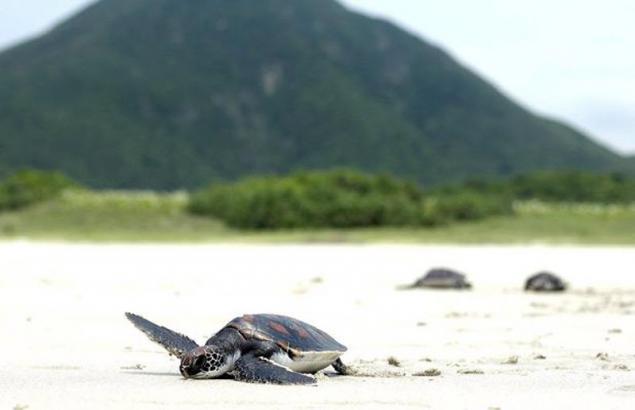
5. North Atlantic whale - one of the most endangered of extinction of whales. As in the warm waters contain less plankton, on which the whale, the amount of food has also become an important cause of increased mortality of this species. Currently in the world there are only 300-350 individuals, and hopes for the revival of the population is small. (EPA)
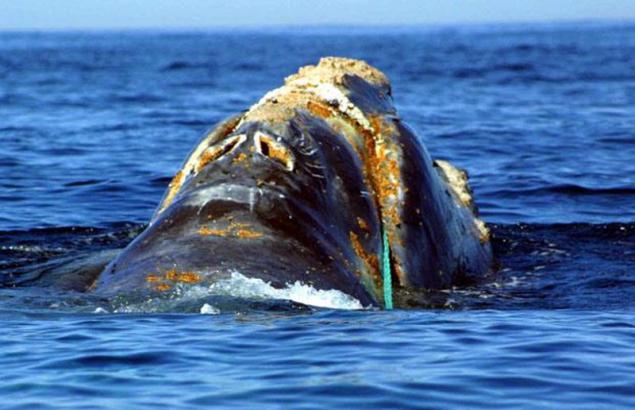
6. The future of the giant panda remains unknown, since this kind of threatening a number of factors. Habitat type in the mountainous areas of southwest China's prone to danger, to the same small number of giant pandas, and they are isolated from each other. (REUTERS)

7. Bamboo - the main staple food of pandas - is also part of a fragile ecosystem, which may be affected by changes caused by global warming. It is also a major threat is poaching - in the wild there are only 1600 individuals. (AFP / GETTY IMAGES)
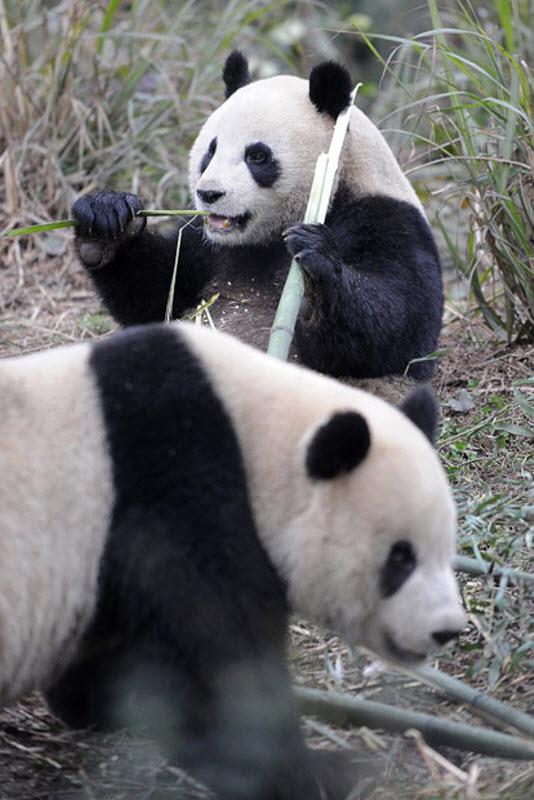
8. The only Asian ape - the orangutan - in deep peril. His last bastion - the rainforests of Indonesia, which threatens a number of hazards, including climate change, which could put these animals on the way to extinction within a few years. (EPA)
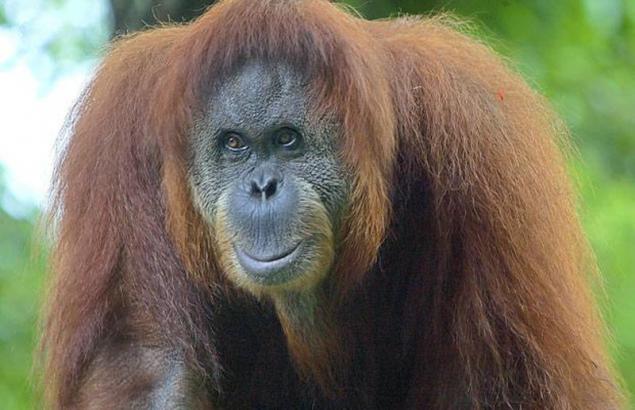
9. Global warming increases the duration and frequency of droughts, so the habitat of orangutans are increasingly having fires, threatening the populations of these animals. (EPA)
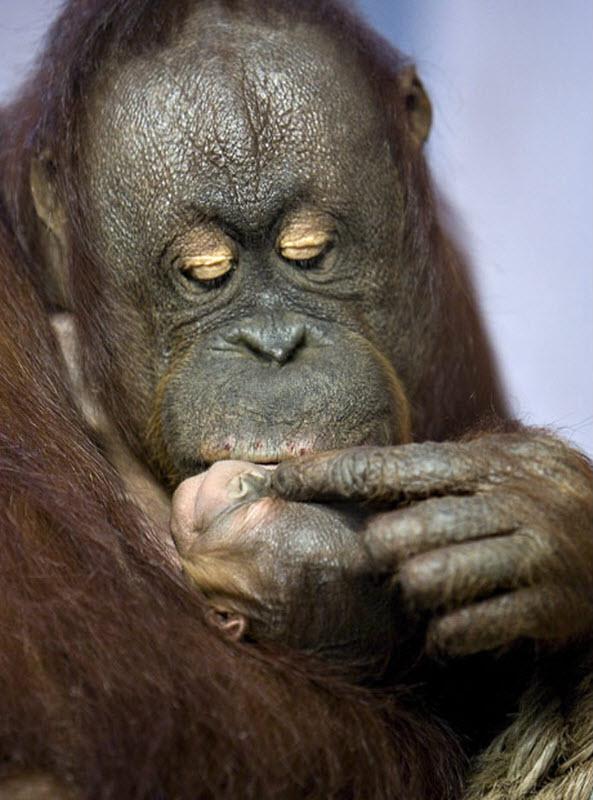
10. In Africa, elephants are facing a number of threats, including a reduction in habitat that is increasingly pumps conflict between them and the people. (AP)
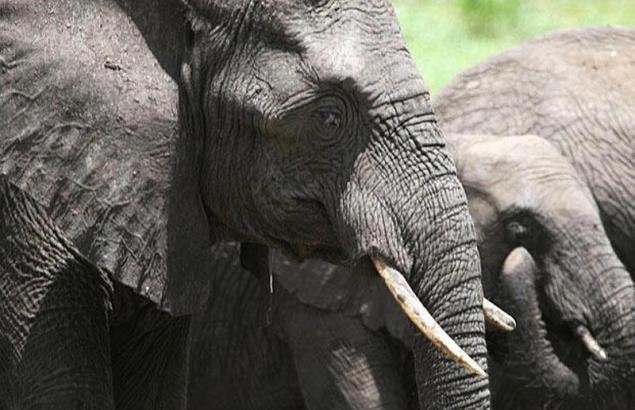
11. Because the cutting area of habitat elephants can not escape the changes caused by global warming, including more frequent and longer periods of drought. (EPA)
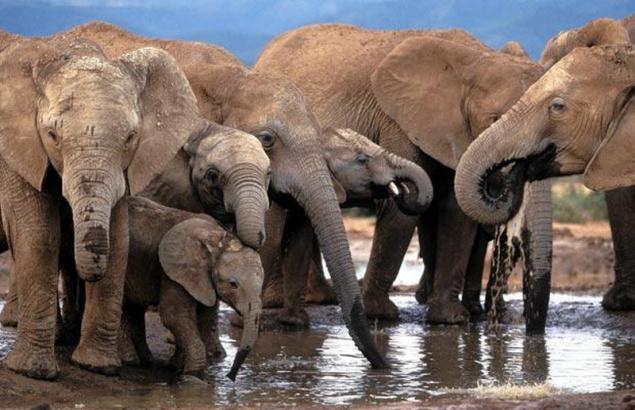
12. Climate change affects the abundance and breeding cycle of many species of Australian frogs. Since frogs rely on water, any reduction or change can reduce their number. (REUTERS)
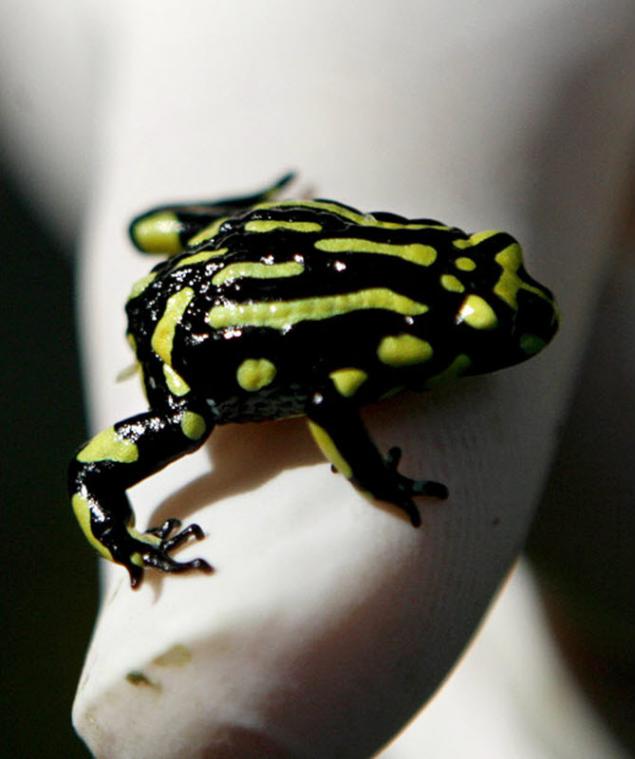
13. An increase in temperature leads to a drying up of water bodies and as a result, the death of toads and frogs. Also, because of the dry climate and adults die because they lose too much water through their skin. (AP)
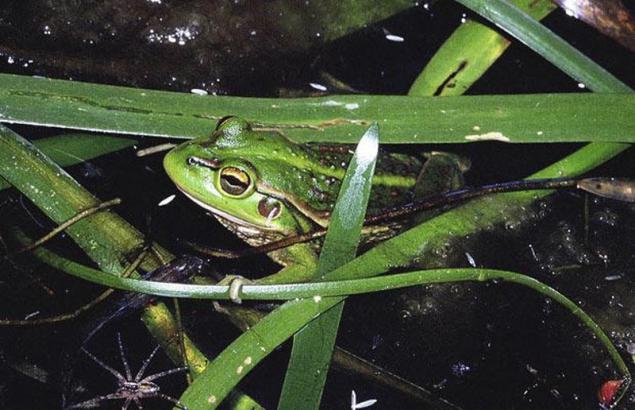
14. The polar bear may disappear if global warming does not slow down your pace. Bear depends on the floating ice, which he uses as a platform for fishing. (AFP / GETTY IMAGES)

15. The experts believe that the sea ice in the Arctic is melting at 9% for every 10 years, threatening the existence region of the polar bear. (AP)
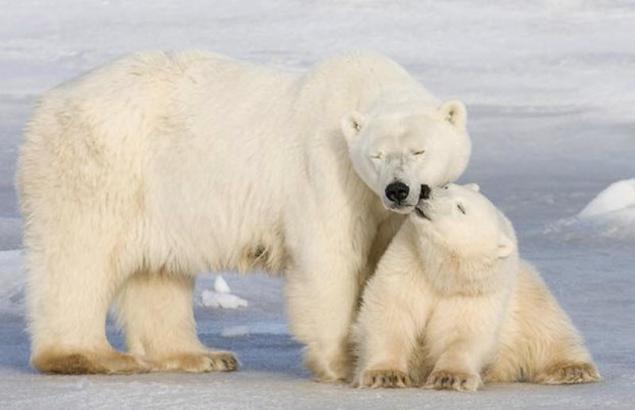
Source:
WWF has compiled a list of animal species, which is in serious danger of extinction due to climate change, in particular - because of global warming.
1. In captivity, there are about 6,000 tigers. The main reasons for their extinction - poaching, loss of habitat and the reduction of natural food. Hunters, traders and poor local people use the forest for the existence of directly conflicting with the Tigers. (AFP / GETTY IMAGES)

2. One of the remaining habitat in the nature of tigers - mangroves of India. Rising sea levels could adversely affect the habitat of tigers that can disappear altogether. (REUTERS)

3. In South America, sea turtles lay their eggs on Brazilian beaches, many of which are threatened by rising sea levels. Climate change also threatens young sea turtle, as the temperature strongly affects nesting on the floor: in the colder regions of the males born in the warmer - female. (GETTY IMAGES)

4. Accordingly, the male appears less and less, which severely affects the population of sea turtles. (EPA)

5. North Atlantic whale - one of the most endangered of extinction of whales. As in the warm waters contain less plankton, on which the whale, the amount of food has also become an important cause of increased mortality of this species. Currently in the world there are only 300-350 individuals, and hopes for the revival of the population is small. (EPA)

6. The future of the giant panda remains unknown, since this kind of threatening a number of factors. Habitat type in the mountainous areas of southwest China's prone to danger, to the same small number of giant pandas, and they are isolated from each other. (REUTERS)

7. Bamboo - the main staple food of pandas - is also part of a fragile ecosystem, which may be affected by changes caused by global warming. It is also a major threat is poaching - in the wild there are only 1600 individuals. (AFP / GETTY IMAGES)

8. The only Asian ape - the orangutan - in deep peril. His last bastion - the rainforests of Indonesia, which threatens a number of hazards, including climate change, which could put these animals on the way to extinction within a few years. (EPA)

9. Global warming increases the duration and frequency of droughts, so the habitat of orangutans are increasingly having fires, threatening the populations of these animals. (EPA)

10. In Africa, elephants are facing a number of threats, including a reduction in habitat that is increasingly pumps conflict between them and the people. (AP)

11. Because the cutting area of habitat elephants can not escape the changes caused by global warming, including more frequent and longer periods of drought. (EPA)

12. Climate change affects the abundance and breeding cycle of many species of Australian frogs. Since frogs rely on water, any reduction or change can reduce their number. (REUTERS)

13. An increase in temperature leads to a drying up of water bodies and as a result, the death of toads and frogs. Also, because of the dry climate and adults die because they lose too much water through their skin. (AP)

14. The polar bear may disappear if global warming does not slow down your pace. Bear depends on the floating ice, which he uses as a platform for fishing. (AFP / GETTY IMAGES)

15. The experts believe that the sea ice in the Arctic is melting at 9% for every 10 years, threatening the existence region of the polar bear. (AP)

Source:
